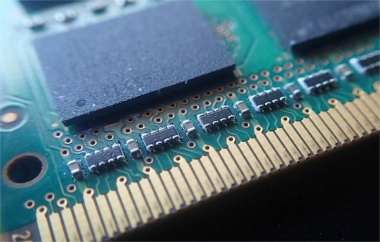
According to reports, Leading memory chip manufacturers—Samsung Electronics, SK Hynix, and Micron Technology—have officially completed the early prototype development of the DDR6 memory standard, according to industry sources. The three companies are now working closely with major CPU and GPU players including Intel, AMD, and NVIDIA to validate the next-generation DDR6 platform.
Set to launch at scale around 2027, DDR6 represents a major leap in memory technology, offering higher bandwidth, lower latency, and improved power efficiency. These advancements are expected to deliver significant performance gains for high-performance computing (HPC) systems, data centers, and AI-driven workloads.
Memory development has evolved rapidly over the last decade. While DDR4 dominated the market for years, the transition to DDR5 helped meet growing demands for faster data throughput. Now, with computing needs continuing to rise—especially in fields like AI, cloud computing, and big data—the push toward DDR6 has become a priority across the semiconductor industry.
What makes DDR6 especially impactful is the level of collaboration it demands. It's not just about building faster memory chips—platform-level validation with CPU and GPU partners is crucial to ensuring seamless integration and maximizing system-level performance. Intel, AMD, and NVIDIA's involvement underscores how critical DDR6 is to the future of advanced computing platforms.
Industry analysts expect DDR6 to accelerate innovations across emerging technologies, enabling faster training times for AI models, better real-time data analytics, and more efficient multi-core processing. As the memory market continues its upward growth trend, the rollout of DDR6 could reshape competitive dynamics and drive a new wave of innovation in system architecture.




